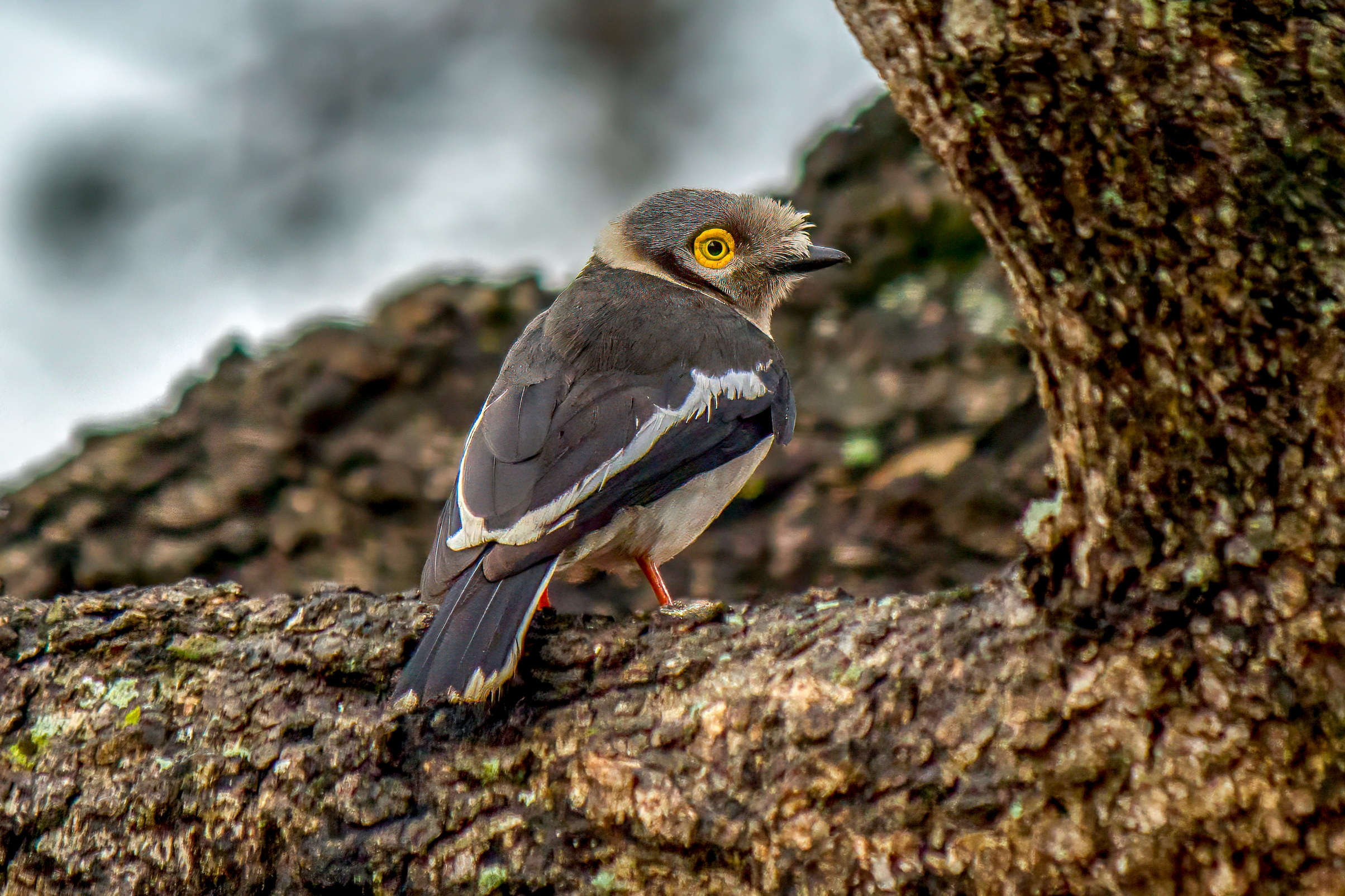Common Woodshrike
(Tephrodornis pondicerianus)
Description
The common woodshrike (Tephrodornis pondicerianus) is a passerine bird native to South and Southeast Asia. Measuring about 13-18 cm (5-7 in) in length, it features a stout, slightly hooked bill, and a generally greyish-brown plumage. The upperparts are a soft grey with a slight brown tinge, while the underparts are paler with a whitish belly. One of its distinguishing characteristics is the dark brown to blackish mask that runs through the eye, giving it a somewhat bandit-like appearance. It is similar to the large woodshrike (Tephrodornis virgatus), but the common woodshrike can be distinguished by its smaller size and a pronounced white eyebrow stripe above the dark facial mask.
Diet & habitat
Common woodshrikes are typically found in a variety of wooded habitats, including deciduous forests, scrublands, and gardens. They are quite adaptable, often seen in open woodlands and near human habitation where trees and shrubs are present. Their diet primarily consists of insects and other small invertebrates. They are known to forage actively, often catching prey mid-air in a style reminiscent of flycatchers. They also glean insects from foliage and bark, demonstrating a versatile approach to feeding.
Nesting
The breeding season for the common woodshrike generally spans from February to July. During this period, they engage in characteristic courtship displays, including aerial chases and vocalizations. The nest is a small, neat cup made of fine twigs, grass, and spider webs, typically situated in the fork of a tree. Females lay 2-3 eggs per clutch, which are incubated for about 14-16 days. Both parents share the responsibility of feeding the chicks, which fledge approximately 14-18 days after hatching. The young are cared for by the parents for a few weeks post-fledging, ensuring they gain adequate survival skills. During breeding season, common woodshrikes exhibit aggressive territorial behavior, and are often seen chasing away larger birds from their nesting area.
Status
The common woodshrike is classified as least concern by the IUCN. This status reflects its wide distribution and relatively stable population trends. However, habitat destruction and degradation pose potential threats, especially in regions undergoing rapid deforestation and urban expansion.





